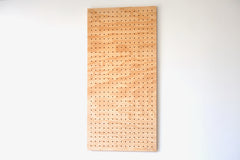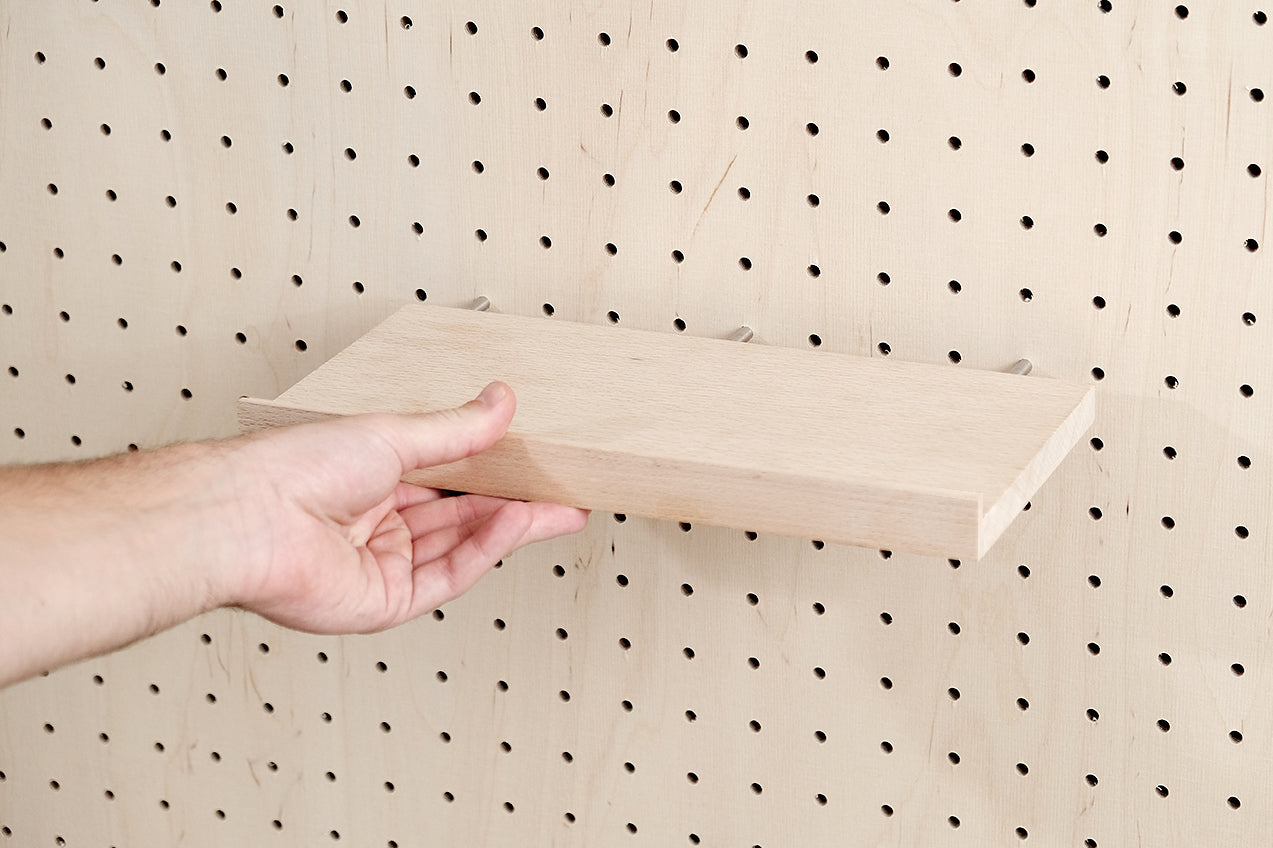The way we decorate our environment can have a profound impact on our mood , energy , and well-being . Using inspiring colors and textures can create an atmosphere that motivates , inspires , and soothes us . In this article, we will explore the importance of colors and textures in interior design and how you can use them to create a space that reflects your personality and supports your personal development.
The influence of colors on our mood and energy
The psychology of colors and their impact on our emotions
Colors are perceived by our eyes and brain, and they have the ability to trigger emotional and physiological reactions . When we see a color, our brain processes the visual information and associates it with symbolic and emotional meanings .
Some colors are considered stimulating and energizing , while others are perceived as calming and soothing . For example, bright colors like red and orange can awaken our senses and increase our energy levels . They can make us more alert , creative , and motivated . On the other hand, soft , calming colors like blue and green have a more relaxing effect on our minds and bodies. They can help us relax, reduce stress , and promote a sense of tranquility .
The impact of colors on our mood and energy can be influenced by factors such as our past experiences , our culture , and our individual preferences . For example, one person may feel particularly inspired and motivated by red, while another may find this color too stimulating and prefer softer tones.
It's also important to note that the impact of colors can vary depending on the context . For example, in a room where you want to relax , a calming color like blue may be more appropriate, while in a creative workspace , bright , vibrant colors can boost productivity .
The different color palettes and their effects
Warm color palette:

Dominant colors: red, orange, yellow. Warm colors are energizing and stimulating . They can awaken our senses , increase our energy levels , and evoke strong emotions . This palette is ideal for spaces where we want to stimulate creativity, conversation, or physical activity.
Cool color palette:

Dominant colors: blue, green, purple. Cool colors have a calming and refreshing effect on our minds and bodies. They can promote relaxation , concentration , and peace of mind. This palette is ideal for spaces where we want to relax, recharge, or encourage reflection.
Neutral color palette:

Dominant colors: white, beige, gray. Neutral colors create a calming and balanced backdrop . They are versatile and allow other decorative elements to stand out. Neutral colors bring a sense of calm , simplicity , and elegance . This palette is suitable for many decorating styles and can be used to create a harmonious atmosphere.
Bold and vibrant color palette:

Dominant colors: bright pink, electric blue, lemon yellow. Bright, bold colors bring dynamic energy and a strong visual presence . They can evoke positive emotions , inspire creativity , and add a touch of originality to a space. This palette is ideal for those looking for a bold and eye-catching decor.
Natural and earthy color palette:

Dominant colors: brown, olive green, earth tones. Natural and earthy colors evoke a feeling of warmth , stability , and connection with nature . They can bring an organic and calming ambiance to a space. This palette is suitable for those looking for a natural atmosphere in their decor.
If you're looking for a practical solution to incorporate color and texture into your interior design , you'll be delighted to discover the Color Pegboards offered by Aire . These versatile pegboards are not only functional , but they also add an aesthetic touch to your space. With a range of vibrant colors and varied textures , they are a great option for combining practicality and aesthetics in your interior design.
Use pleasant textures to create a comforting atmosphere
The importance of textures
When it comes to interior design, textures play a crucial role in creating a unique and immersive ambiance . They add a tactile dimension to our surroundings and awaken our senses in a subtle yet powerful way. The importance of textures in interior design lies in their ability to evoke sensations and enrich our experience in a space.
Textures can vary greatly, from smooth and polished surfaces to rough and textured textures . Each material used brings its own tactile feel and can evoke distinct emotions . For example, a plush carpet can invite relaxation and softness, while an exposed brick wall can evoke a sense of rusticity and warmth .
Beyond aesthetic appeal, textures also have the ability to influence our mood and well-being . For example, a soft , comfortable texture can create a sense of comfort and intimacy , promoting relaxation . Conversely, more stimulating textures , such as raised surfaces or materials with textured patterns , can add visual dynamics and generate interest.
Create an atmosphere with textures
When it comes to creating tactile textures in interior design, there are a multitude of commonly used materials that bring a unique tactile dimension to a space. Here are some of these materials:
Wood:
Wood is a versatile material that offers a wide variety of textures . From smooth, polished wood to rough wood with natural grooves, it provides a natural warmth and an organic feel to the touch. Wood grain can vary from one species to another, adding diversity and visual interest. At Aire, we use a variety of wood textures, so you can have fun with varying textures.
The fabric:

Fabrics are essential for creating textures that are pleasant to the touch. Soft fabrics like cotton, linen, and wool offer a warm and comfortable feel . Textured fabrics, like velvet or tweed, add an extra dimension and can create an interesting visual contrast.
The stone:

Stone, whether used for flooring, walls, or decorative elements, provides a solid and robust texture. Smooth stones like marble or granite offer a refined and elegant surface to the touch, while rougher natural stones, like slate or sandstone, add a more rustic feel .
The glass:

Smooth, clear glass can add a modern and sophisticated touch to a space. However, textured glass, such as frosted or rippled glass, creates interesting surfaces to the touch, diffusing light in unique ways and adding dimension to a design.
Metal:

Metal surfaces can provide a smooth, cool feel. Polished metals, such as stainless steel or brass, offer a smooth , shiny finish , while textured metals, such as hammered copper or zinc, add a more tactile and artistic feel .
Wall coverings:

Wall coverings, such as textured wallpaper , embossed panels , or exposed brick , can add interesting textures to walls. They create a visual focal point and provide an additional tactile sensation in a room.
Using these materials in interior design creates varied and tactile surfaces . Combining different textures creates a rich and engaging sensory experience . When choosing materials for your decor, consider the feeling you want to create and how they will fit harmoniously into your overall space.
Harmonious combinations of colors and textures
When looking for harmonious color and texture combinations in your interior design, it's important to find a visual and tactile balance . Here are some combination ideas that may inspire you:
Neutral colors with rich textures:

Neutral colors like off-white, beige, or gray are classic and versatile choices . To add visual interest, pair them with rich textures like velvet, leather, or carved wood. This creates a subtle contrast that brings both sophistication and warmth to your space.
Earthy tones with natural textures:

Earthy tones such as brown, olive green, or terracotta are ideal for creating a natural and calming atmosphere . Pair them with natural textures like linen, rattan, or natural fiber materials like jute or wicker. This creates an organic and relaxing ambiance , recalling the beauty of nature inside your home.
Bold colors with bold textures:

If you love bright , bold colors , don't hesitate to use them in your decor. Pair them with equally bold textures like geometric patterns, artistic prints, or metallic textures. This combination will create a strong visual impact and add a touch of energy and creativity to your space.
Pastel colors with soft textures:

Pastel colors like powder pink, sky blue, or mint green are soothing and delicate . Pair them with soft textures like cotton, silk, or plush materials like faux fur. This combination creates a calming ambiance , perfect for bedrooms or relaxation areas.
Subtle contrasts with textures:

You can also create subtle contrasts by pairing similar but slightly different colors with varying textures . For example, combine shades of light blue with smooth, shiny textures, such as glass or metal, as well as rougher textures, such as linen fabric or raw wood. This creates an interesting visual dimension while maintaining overall harmony.
The key is to find a balance between colors and textures to create a cohesive and aesthetically pleasing atmosphere . Experiment with different combinations and let your creativity run wild . Remember to consider the mood and effect you want to achieve in each space of your home.
In conclusion
Interior design is not only about aesthetics , but can also play a vital role in our emotional well-being and personal development . By choosing inspiring colors and textures , you can transform your space into a sanctuary that reflects your personality and helps you feel inspired, motivated, and calm. Take the time to explore different color palettes and textures to create an environment that promotes your personal growth.




0 comments